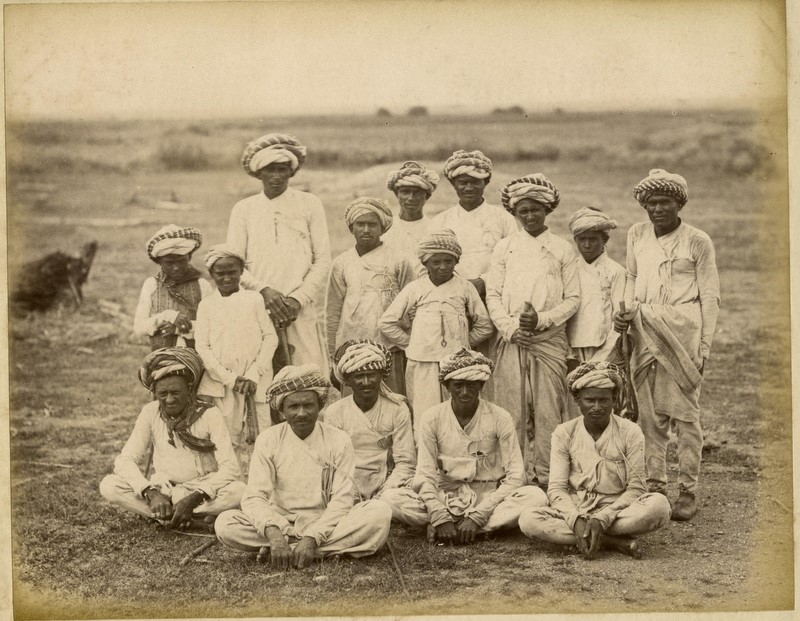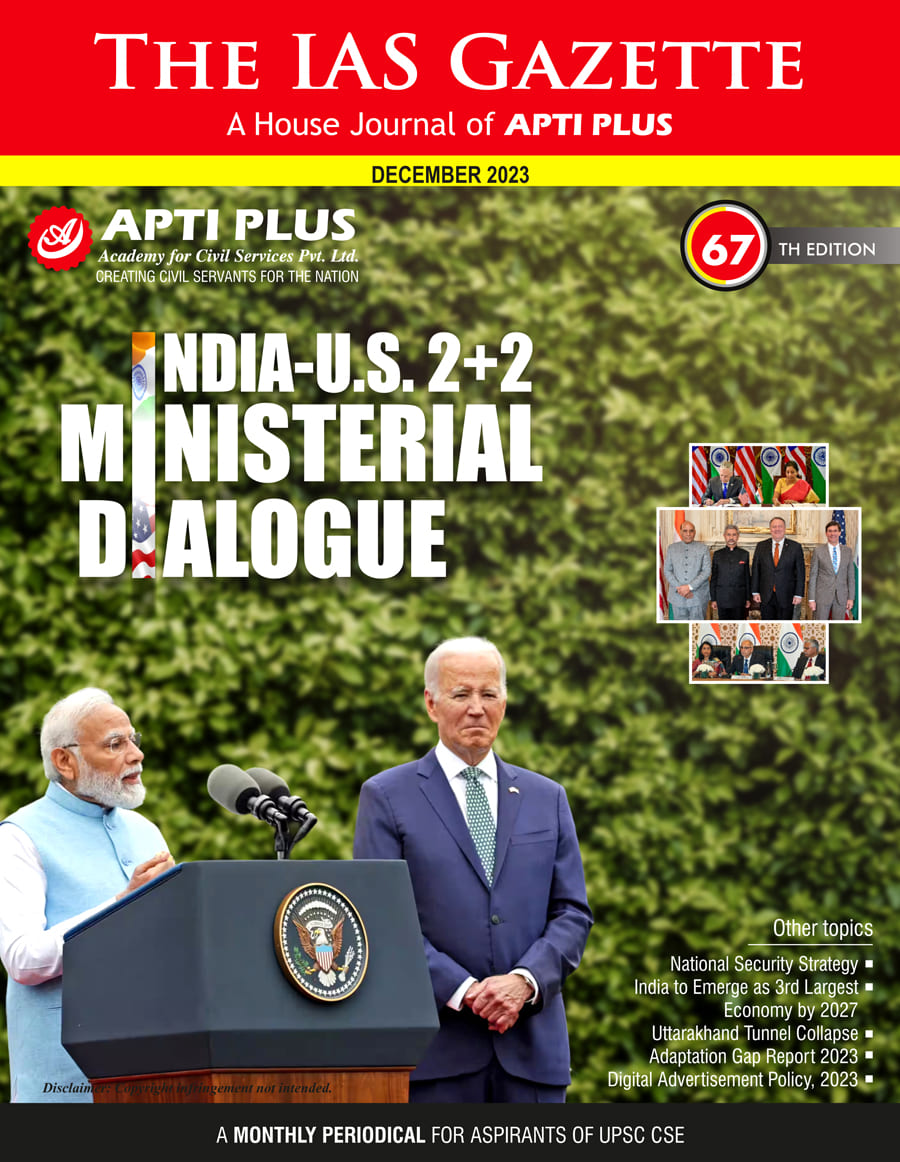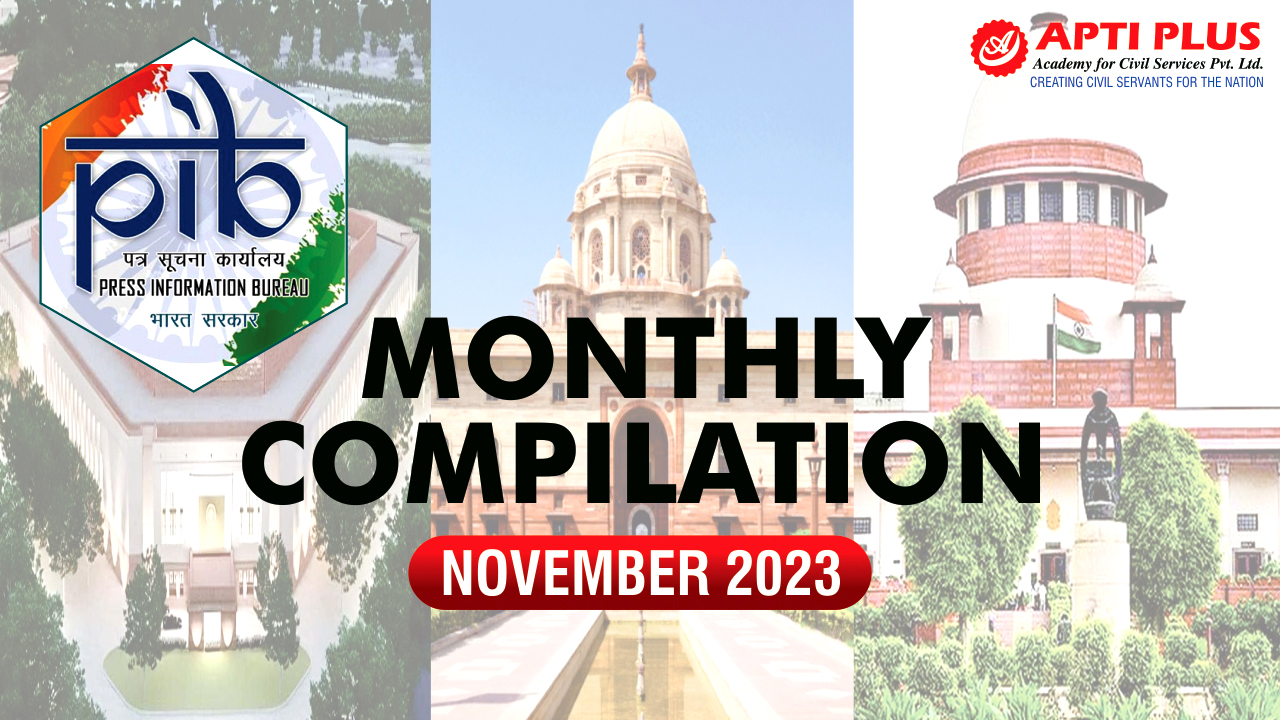Description

Disclaimer: Copyright infringement not intended.
Context
- The recent discovery in Madhya Pradesh's Bagh unveils the fascinating intersection of tribal traditions and scientific revelations.
- The revelation that revered Bhil deities were actually 66-million-year-old fossilized titanosaur eggs prompts a debate on the coexistence of cultural beliefs and scientific discoveries.
Details
- The Birbal Sahni Institute of Palaeosciences (BSIP) confirmed the deity stones as fossilized dinosaur eggs, marking the region as India's largest dinosaur hatchery.
- Over 256 fossilized dinosaur eggs have been discovered in Bagh, showcasing the area's rich paleontological heritage.
- Madhya Pradesh and BSIP aspire to obtain UNESCO Global Geopark status for Bagh's dinosaur park, aiming for international acknowledgment of its geological and paleontological importance.
- Challenges lie in harmonizing scientific advancements with local sentiments and cultural beliefs.
About Bhils
- The Bhil community is an indigenous ethnic group primarily located in the western regions of India.

Ethnic Background and Geographical Distribution
- Ethnicity: Bhils belong to a tribal group outside the traditional Hindu caste system. They speak the Bhil languages, which is a subgroup of the Western Zone of the Indo-Aryan languages.
- Geographical Distribution: The Bhil community resides in several states, including Gujarat, Madhya Pradesh, Chhattisgarh, Maharashtra, Rajasthan, Bengal, and Tripura. They inhabit forested and hilly regions, showcasing a strong connection to their environment.
Etymology and Historical References
- Etymology: The term "Bhil" is suggested to originate from words such as "billa" or "billu," signifying "bow" in the Dravidian lexicon. It references the communities' association with forests and hills, where the bow and arrow were prevalent weapons.
- Historical References: Bhil Kings have been mentioned in ancient texts like the Mahabharata, indicating their historical presence in regions like Malwa and Central India from ancient times until 325 B.C. They controlled substantial territories before Rajput conquests.
Socio-Political Movements and Struggles
- Against Colonial Rule: The Bhil community resisted British colonial rule and faced several rebellions, notably in the mid-1800s. The British labeled them as a criminal tribe under the Criminal Tribes Act 1871, leading to persecution and marginalization.
- Mutinies and Protests: Over the years, Bhils protested against unjust taxation, forced labor, and cultural restrictions. Leaders like Govind Guru and Motilal Tejawat played pivotal roles in advocating for their rights.
Demographics and Social Status
- Population and Classification: Bhils are the largest tribal group in India and are officially classified as a Scheduled Tribe in various states under the Indian government's positive discrimination program.
- Sub-divisions: The Bhil community comprises various endogamous territorial divisions, each with its distinct clans and lineages, seen in Rajasthan as Bhil Garasia, Dholi Bhil, Dungri Bhil, among others.
Language, Culture, and Traditions
- Bhilis predominantly speak Bhili, encompassing around 36 identified dialects influenced by regional languages like Gujarati, Marathi, and Rajasthani.
- Their culture is diverse, featuring Pithora painting and Ghoomar dance as notable art forms.
- Their cuisine includes maize, onion, garlic, and chili, with traditional clothing, ornamentation, and religious beliefs enriching their heritage.
Societal Structure and Political Aspirations
- Societal Structure: Each Bhil village traditionally operates under a headman (gameti) who resolves local disputes and issues.
- Political Aspirations: There have been periodic demands for the formation of a separate state called Bhil Pradesh, encompassing tribal-dominated regions across Gujarat, Madhya Pradesh, Rajasthan, and Maharashtra.

Conclusion
The Bhil community holds a significant place in India's cultural mosaic, representing a vibrant and resilient tribal heritage shaped by their historical struggles, traditions, and aspirations for recognition and self-governance.
MUST READ ARTICLES:
https://www.iasgyan.in/daily-current-affairs/geoheritage-sites
|
PRACTICE QUESTION
Q. Discuss the socio-cultural heritage and contemporary challenges faced by the Bhil tribe in India. How do their traditional beliefs intersect with modern scientific discoveries? (250 Words)
|








